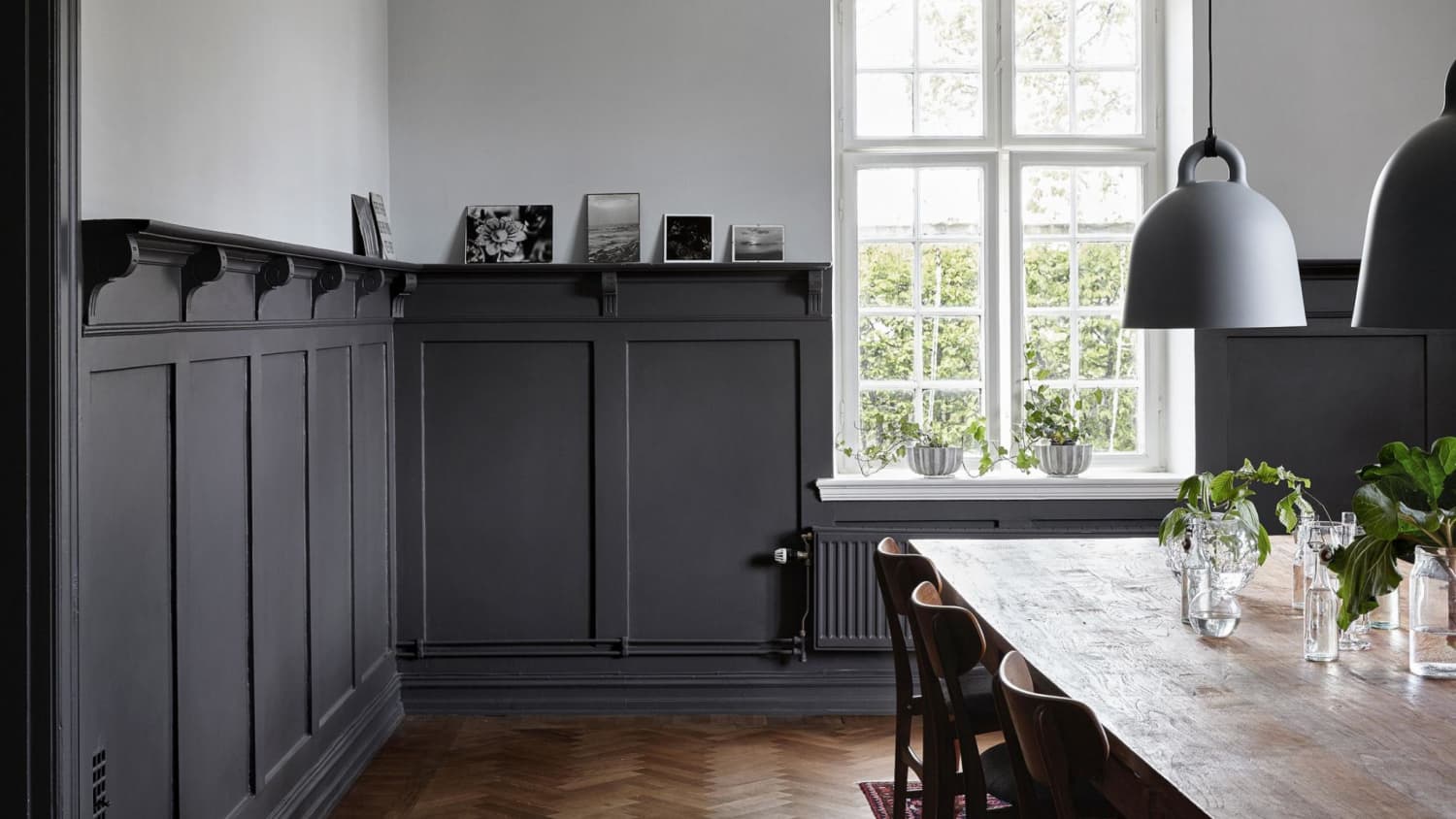By Navin Sidhu – Founder/Principal, FabHab Interiors and Consulting; Partner, Alair Homes St. Albert
There’s a quiet debate happening in design circles these days: are painted feature walls passé?
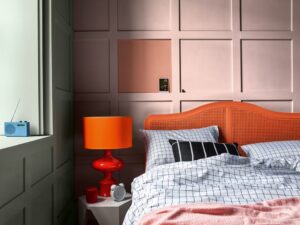
Once the darling of 2000s home design (hello, espresso brown accent walls) feature walls have since earned a reputation for being overused, underthought, or just plain outdated. And I get it. Slapping a random wall with a contrasting paint color just for the sake of it? That’s not design—that’s a decision made in a paint aisle under fluorescent lighting (I can imagine Miranda Priestley- ‘black for a feature wall? Groundbreaking’).
 But let’s not throw the brush out with the paint water.
But let’s not throw the brush out with the paint water.
When done with intention—and when paired with thoughtful architectural detailing and texture- a painted feature wall can still offer timeless dimension, emotional impact, and budget-friendly boldness. And in today’s design world, where subtle luxury and personality coexist, feature walls are quietly staging their comeback.
Why Feature Walls Work—When They’re Done Right
We’ve entered a new era where depth matters. A feature wall is no longer just about contrast; it’s about texture, storytelling, and restraint. In our projects, we often lean into paneling, wainscoting, fluted detailing, or integrated millwork as the bones of the feature. And then—once that form is established—paint becomes the finishing layer that brings it all to life.
Think of a rich navy or earthy clay wrapping a paneled fireplace
wall. A chalky green highlighting curved wall slats in a powder room. A matte black wainscot grounding a long hallway.These aren’t “just” paint moments—they’re spatial punctuation marks. They anchor, frame, and give the eye a place to land.
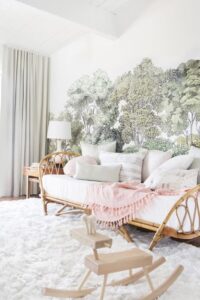 |
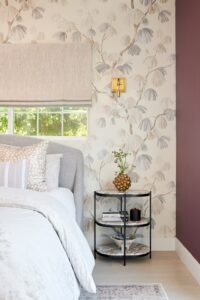 |
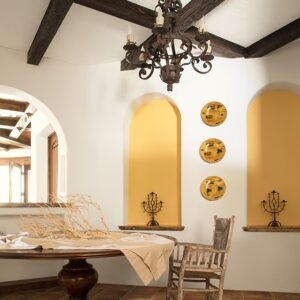 |
